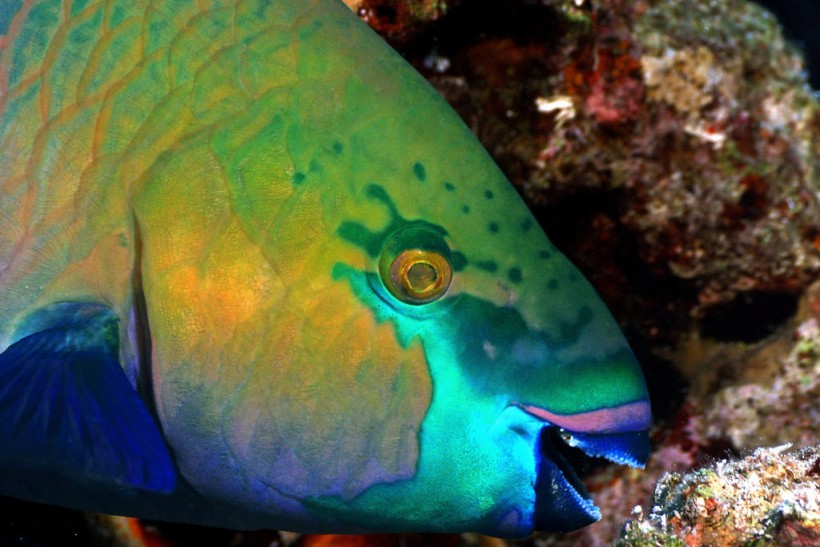A new study reveals that bioluminescence first emerged in animals at least 540 million years ago in a group of marine invertebrates called octocorals.
The findings, published in the Proceedings of the Royal Society B: Biological Sciences, push the previous record for the luminous trait's oldest dated emergence in animals back nearly 300 million years and may one day help scientists understand why the ability to produce light evolved in the first place.
Octocorals

(Photo : Getty Images/ TARIK TINAZAY)
Bioluminescence, or the ability of living things to produce light through chemical reactions, has independently evolved at least 94 times in nature and is involved in a wide range of behaviors, including camouflage, courtship, communication, and hunting.
Until now, the earliest dated origin of bioluminescence in animals was thought to be around 267 million years ago in small marine crustaceans called ostracods.
However, the origins of bioluminescence, despite its literally lighting nature, have remained obscure.
To trace the trait's beginnings, the researchers looked back in time to the evolution of octocorals, a group of creatures that includes soft corals, sea fans, and sea pens.
Octocorals, like hard corals, are tiny colony polyps that secrete a framework that serves as their sanctuary; however, unlike their stony counterparts, this structure is typically soft. The species that glow often do so only when bumped or otherwise disturbed, making the exact function of their capacity to emit light a mystery.
"We wanted to figure out the timing of the origin of bioluminescence, and octocorals are one of the oldest groups of animals on the planet known to bioluminesce," said lead author Danielle DeLeo, a museum research associate and former postdoctoral fellow.
In 2022, scientists from Harvey Mudd College created a detailed evolutionary tree of octocorals using genetic data from 185 species. DeLeo and Andrea Quattrini, the museum's curator of corals and senior author of the study, then positioned two known octocoral fossils within the tree based on this evidence.
The two used a genetically-based evolutionary tree to place two known-age octocoral fossils in the tree based on their physical characteristics. The fossils' ages and positions in the tree allowed the scientists to estimate when octocoral lineages split into two or more branches.
According to DeLeo and Quattrini, the hundreds of live octocorals and relatively high occurrence of bioluminescence indicate that the characteristic has played a role in the group's evolutionary success.
Read Also: Glow-in-the-dark Sheep: Genetically Modified At Uruguay Lab [VIDEO]
More To Learn
While this raises the question of what octocorals use bioluminescence for, the researchers stated that the fact that it has been kept for so long demonstrates how crucial this mode of communication has become for their fitness and survival.
This study not only sheds light on the origins of bioluminescence, but it also provides evolutionary context and information that can be used to inform current coral monitoring and management practices.
Climate change and resource extraction operations, including fishing, oil and gas extraction and spills, and, more recently, marine mineral mining, all pose threats to octocorals.
DeLeo and Quattrini stated that there is still much to learn before scientists can understand why the ability to produce light first evolved, and while their findings place its origins deep in evolutionary time, future research may reveal that bioluminescence is even more ancient.
Related Article: Deep Sea Corals: Why do Some of Them Glow in the Dark?
© 2024 NatureWorldNews.com All rights reserved. Do not reproduce without permission.


![Plastic Pollution: Scientists Include Spores of Plastic-Eating Bacteria ‘Bacillus Subtilis’ to Develop 'Self-Digesting Plastic' [Study]](https://1471793142.rsc.cdn77.org/data/thumbs/full/70396/280/157/50/40/plastic-pollution-scientists-include-spores-of-plastic-eating-bacteria-bacillus-subtilis-to-develop-self-digesting-plastic-study.jpg)


